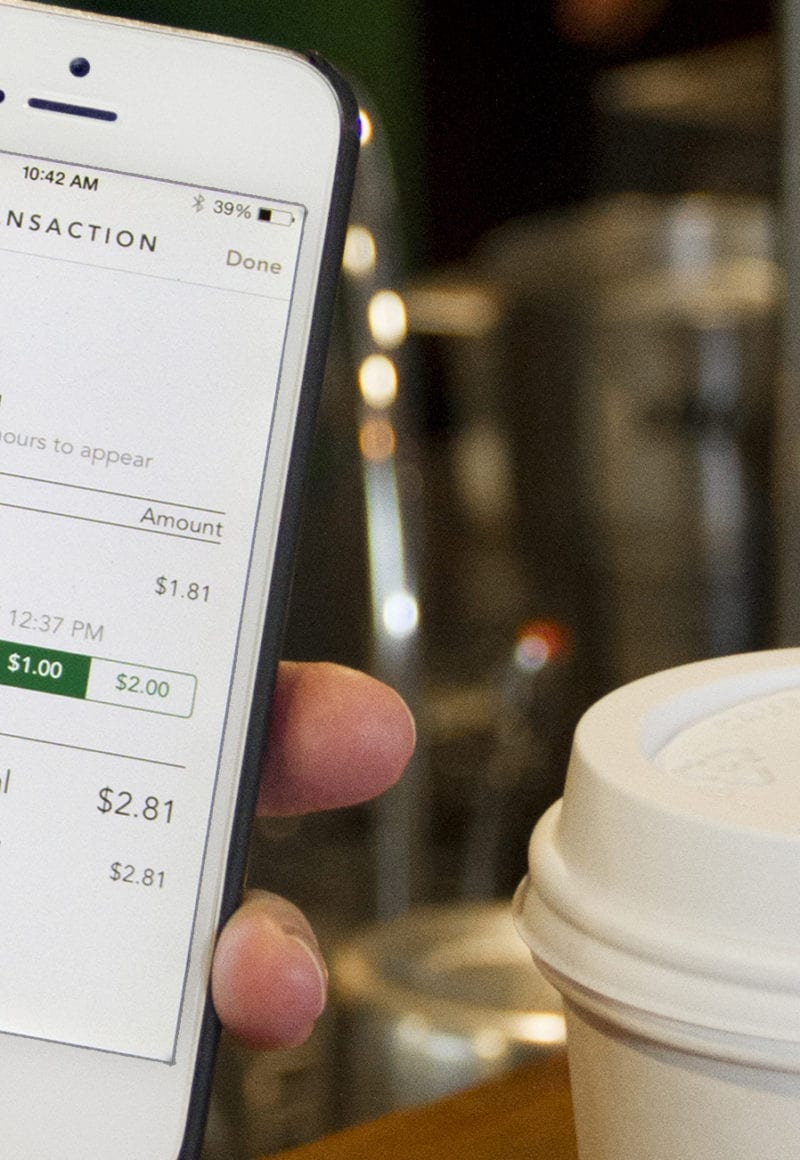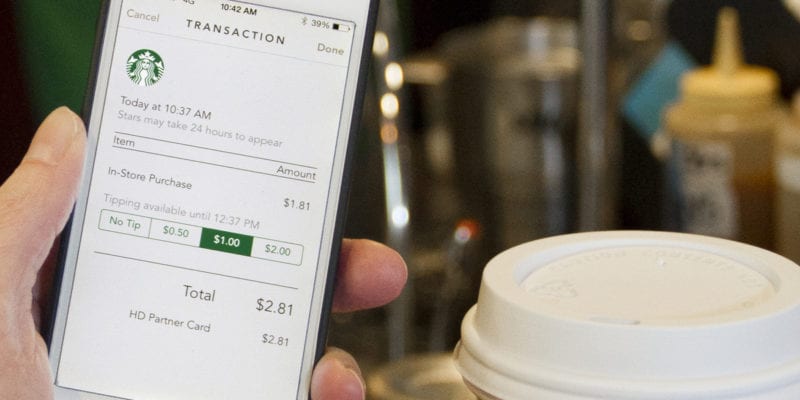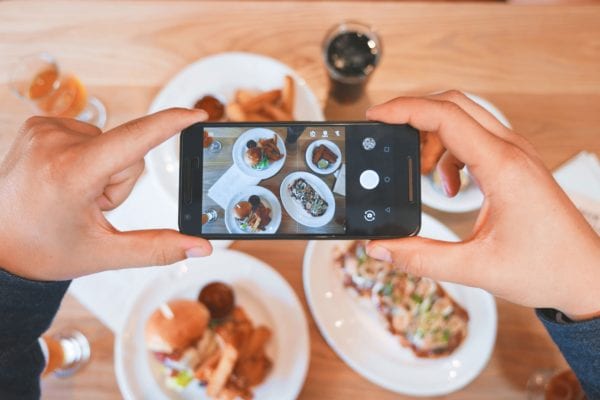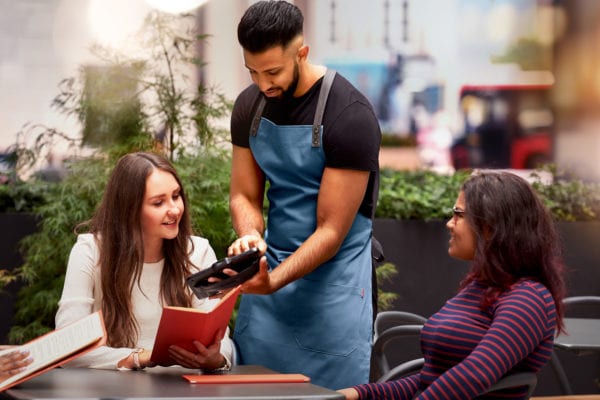Skift Take
More loyalty, more customer spending data, and lower fees — what's not for a restaurant to love about apps that facilitate payments?
— Jason Clampet
Retailers have been trying for years to escape the clutches of the credit-card companies, which this year will levy more than $90 billion in swipe fees on an industry already struggling to navigate the shift online. Some believe the answer lies in payment apps.
While shoppers have largely shunned mobile payments offered by third-party providers like Apple Inc., retailers are trying to persuade customers to embrace the technology by dangling discounts and other perks. Several chains, including Walmart Inc., Starbucks Corp. and Kohl’s Corp., have had some success by baking the apps into their loyalty programs—and more than half of companies surveyed recently by the National Retail Federation said they’ve implemented “branded digital wallets” or are considering it.
Besides cutting out the credit-card companies, in-house payment systems enable retailers to collect more data on their customers. “In the past, payments was viewed as a necessary evil and a cost of doing business,” says Beth Costa, a partner in Oliver Wyman’s payments and retail banking consulting practice. “Today, merchants and retailers are seeing payments as a strategic lever.”
Retailers are charged a fee each time a consumer uses a card at checkout. The core fee is set by Visa and Mastercard and ultimately divvied up between those networks, the merchant’s payment processor and the bank that issued the consumer’s card.
Retailers are increasingly bypassing Visa and Mastercard by tapping into the Automated Clearing House network, which was set up by U.S. banks more than 40 years ago to replace checks and send money electronically between bank accounts around the country. Consumers and businesses now send nearly $50 trillion each year over the network, compared with the roughly $15 trillion sent over Visa’s and Mastercard’s networks.
Cumberland Farms is a prime example of this approach. Drivers who fill up at one of the privately held chain’s gas stations can save 10 cents a gallon if they sign up for its SmartPay app, which connects directly to their bank account and is much like paying utility bills or rent. The company says its users have saved more than $100 million by using the SmartPay app.
“It was really financially driven because of the interchange fees from credit cards,” says Charles Jarrett, chief information officer at Cumberland Farms. “It just doesn’t make financial sense in the convenience store sector at all to pay these interchange fees.”
More and more retailers are looking to take advantage of the lower-cost ACH network, says Adam Frisch, chief executive officer of Buy It Mobility Networks, a startup that helps retailers access the network for their loyalty programs and counts Shell Oil Co. and Phillips 66 as two of its customers. BIM’s offering can help retailers lower their payment acceptance costs by as much as 95 percent, and they often use those savings to fund rewards offers that can encourage more spending at their stores.
In other cases, retailers still rely on Visa and Mastercard’s networks but find ways to minimize the swipe fees. Starbucks’s mobile app encourages users to load funds onto a prepaid gift card. That means Starbucks only has to pay swipe fees when users send the funds to the card, not each time they buy a cup of coffee. The payment app now represents 14 percent of the coffee chain’s transactions.
Other retailers are banding together. For instance, more than 200 restaurants use LevelUp, a Boston-based company that makes mobile payments apps for their customers. LevelUp can use its scale to negotiate lower rates for payment processing for each of its merchants, says CEO Seth Priebatsch. “We are able to help restaurants drive the cost of those transactions as low as it is humanly possible,” he says.
The big question is whether consumers will embrace mobile payment apps. Visa has said that less than one percent of the payments on its network utilize the tap-and-go technology used by the likes of Apple Pay. For most shoppers, it’s just easier whipping out the plastic rather than digging through a mobile wallet for a store’s app.
Much depends on what perks retailers offer in exchange for signing up. People who use the Starbucks app can skip lengthy lines and earn rewards, such as free refills, birthday offers and early access to special menu items. The Walmart Pay app is packed with savings tools and makes it easier to return merchandise. The company has said it’s signing up “hundreds of thousands” of customers a month and that two-thirds of them have used the app a second time within 21 days.
©2018 Bloomberg L.P.
This article was written by Jennifer Surane from Bloomberg and was legally licensed through the NewsCred publisher network. Please direct all licensing questions to [email protected].
![]()






